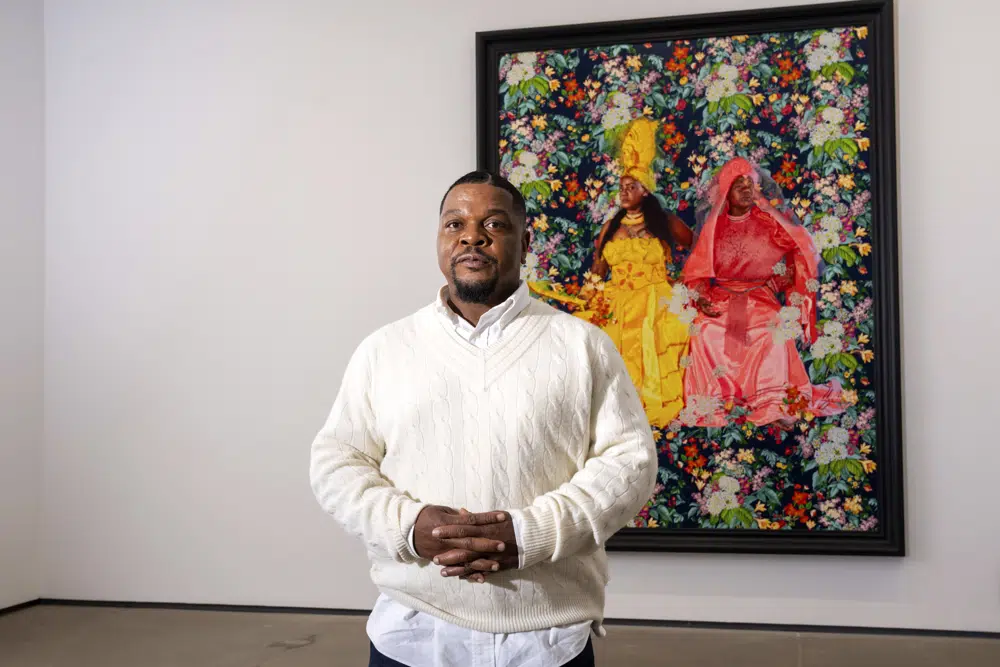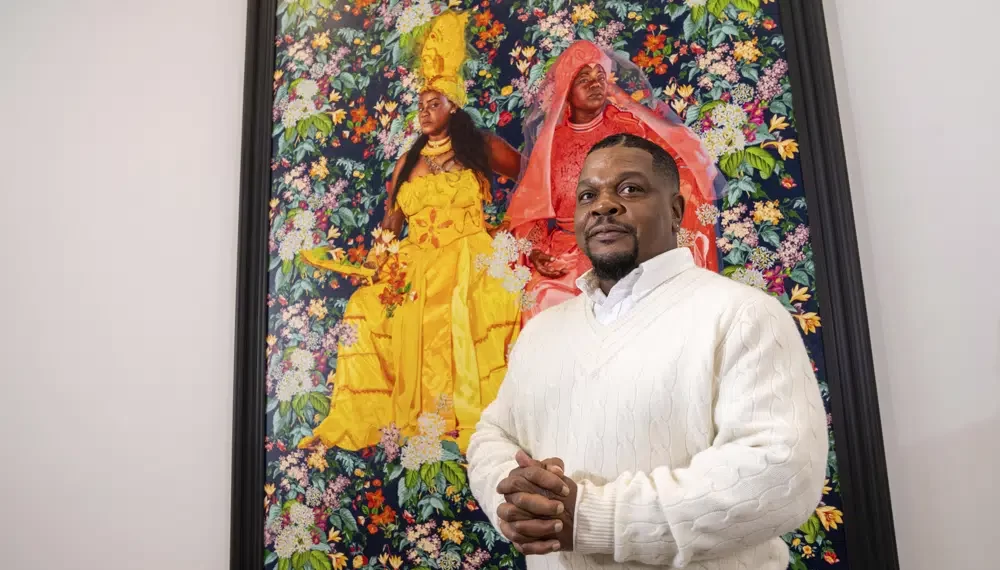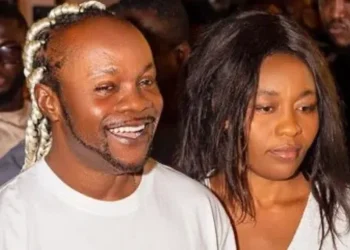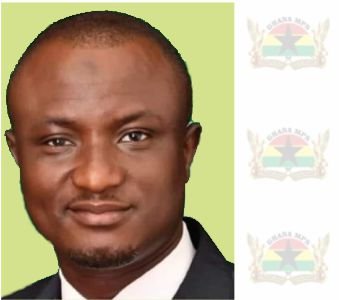Kehinde Wiley was already well into his influential art career when his portrait of Barack Obama — arms crossed, perched on a chair amid brilliant foliage — was unveiled in 2018. But there’s no doubt it changed the artist’s life.
Here’s one way he describes the shift: Now, should he ever show up at the bank and realize he’s forgotten his ID — which hasn’t happened yet, but still — he could say:
“You know that portrait of Obama? I’m that guy, and I didn’t bring my ID, so if you could just Google that…”
Kehinde Wiley
But Wiley, proud as he is of the groundbreaking work — an official portrait of a Black president by a Black artist — does wonder how long he’ll be referred to in that context.
He says:
“I wonder if I will ever be able to do anything that lives up to the gravity of that moment. Everybody wants to be seen in a number of different contexts … but I mean, what a great project to be involved in. So, come on, here’s the world’s smallest violin, playing just for me”.
Kehinde Wiley
If Wiley, 46, is on a mission to make sure he’s remembered for a lot more, he seems well on his way. With shows currently on both U.S. coasts, another headed to Paris, and growing artistic bases in Africa, he truly seems to be everywhere all at once.

Just take the last few months. In March, he was in San Francisco for the U.S. premiere of “Kehinde Wiley: An Archaeology of Silence” at the de Young Museum, a powerful display of massive paintings and sculptures exploring anti-Black violence in a global context. The museum has set up dedicated spaces for attendees who need a breather from the intensity of the show, which runs until October 15, 2023.
Meanwhile, at the Sean Kelly gallery in New York, he’s just opened “HAVANA,” running through June 17, focusing on circus performers and carnival street dancers in Cuba.
In between, he was in Africa, where he’s been doing everything from negotiating prices with vendors to selecting stone for the floors while building his second artist residency campus on the continent, Black Rock Nigeria, in Calabar (the first is in Senegal).
Wiley is also at work on a new portrait show on Black heads of state at the Musée du Quai Branly in Paris, scheduled for September.
Wiley’s visit to Escuela Nacional de Circo Cuba

With homes in Senegal, Nigeria, New York City, and the Catskills, plus a studio in Brooklyn, not to mention roots in his native Los Angeles — including his mother and twin brother — Wiley is not an easy man to pin down for an interview. But he was generous with his time — and anecdotes — as he recently showed The Associated Press around “HAVANA”.
Later that night, a passerby peering into the gallery would have seen the airy space packed to the gills with admirers for an opening reception.
Wiley had just returned from Ethiopia and before that Nigeria. The rhythm of his travels, he says, goes like this:
“You’ll be on the road working on something and you’ll be in some amazing place and there’s a couple of down days, and then you’re (again) in some extraordinary part of the world. I guess work and play are all kinds of intertwined. But I’m also incredibly hungry for new experiences”.
Kehinde Wiley
During his 2015 visit, Wiley visited the Escuela Nacional de Circo Cuba — a circus school. He became intrigued by the idea of “not fully formed technicians, this metaphor of not quite being quite perfect at creating magic”.
On his second visit, he met with performers from Raices Profundas, a nearly 50-year-old dance ensemble that performs in the Yoruba tradition.
Just like Obama’s portrait features, in its background, flowers from places of significance in the president’s life, the backgrounds of the Cuba paintings are comprised of “things from Africa that found their way to the Americas like sugar cane, yams, cola nut, okra … All of these fit into the narrative of the African presence in the Americas”.
READ ALSO: The Trip To Konongo Zongo: Black Sherif Welcomed By A Mammoth Crowd





















